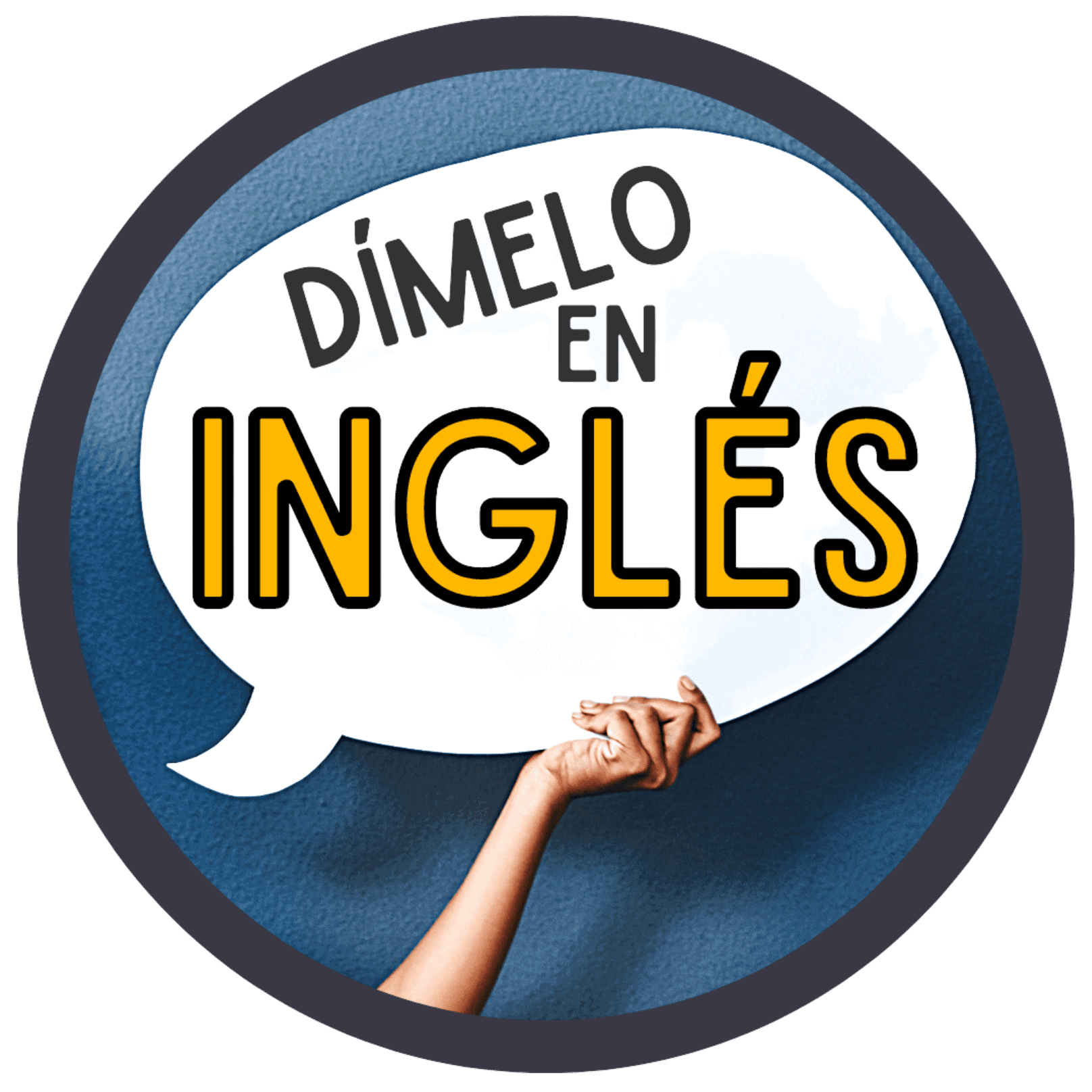- Ejercicio
- Explicación
- Video
📝 Instructions for the Activity
In this activity, you will see 10 sentences, each with a blank space.
Your task is to choose the correct answer from three options.
👉 Only one option is correct, so read carefully and choose the best one!
When you select an answer, the system will automatically check it and tell you if your choice is right or wrong.
At the end of the activity, you will get a summary of all your answers,
plus explanations for the correct ones, so you can learn and improve.
💪 Take your time, do your best, and most importantly—have fun learning!
Good luck!
Debes iniciar sesión para realizar este quiz.
Explicación general del uso de “used to”
- Qué significa “used to”
Se utiliza para hablar de hábitos, actividades o estados que solían ocurrir en el pasado pero que ya no suceden en el presente.Ejemplo:- I used to play soccer every weekend.
(Solía jugar fútbol todos los fines de semana.)
- I used to play soccer every weekend.
- Estructura afirmativa
- Sujeto + used to + verbo base
Ejemplo:- She used to work here.
(Ella solía trabajar aquí.)
- She used to work here.
- Sujeto + used to + verbo base
- Estructura negativa
- Sujeto + didn’t + use to + verbo base
Ejemplo:- He didn’t use to like vegetables.
(Él no solía gustarle las verduras.)
- He didn’t use to like vegetables.
- Sujeto + didn’t + use to + verbo base
- Estructura interrogativa
- Did + sujeto + use to + verbo base?
Ejemplo:- Did you use to play tennis?
(¿Solías jugar al tenis?)
- Did you use to play tennis?
- Did + sujeto + use to + verbo base?
- Diferencia con “be used to”
- Used to: Hábito pasado.
- Be used to: Indica estar acostumbrado a algo.
Ejemplo:- I am used to waking up early.
(Estoy acostumbrado a levantarme temprano.)
- I am used to waking up early.
Dinos cuanto te gustó la lección
[Total: 1 Average: 5]






